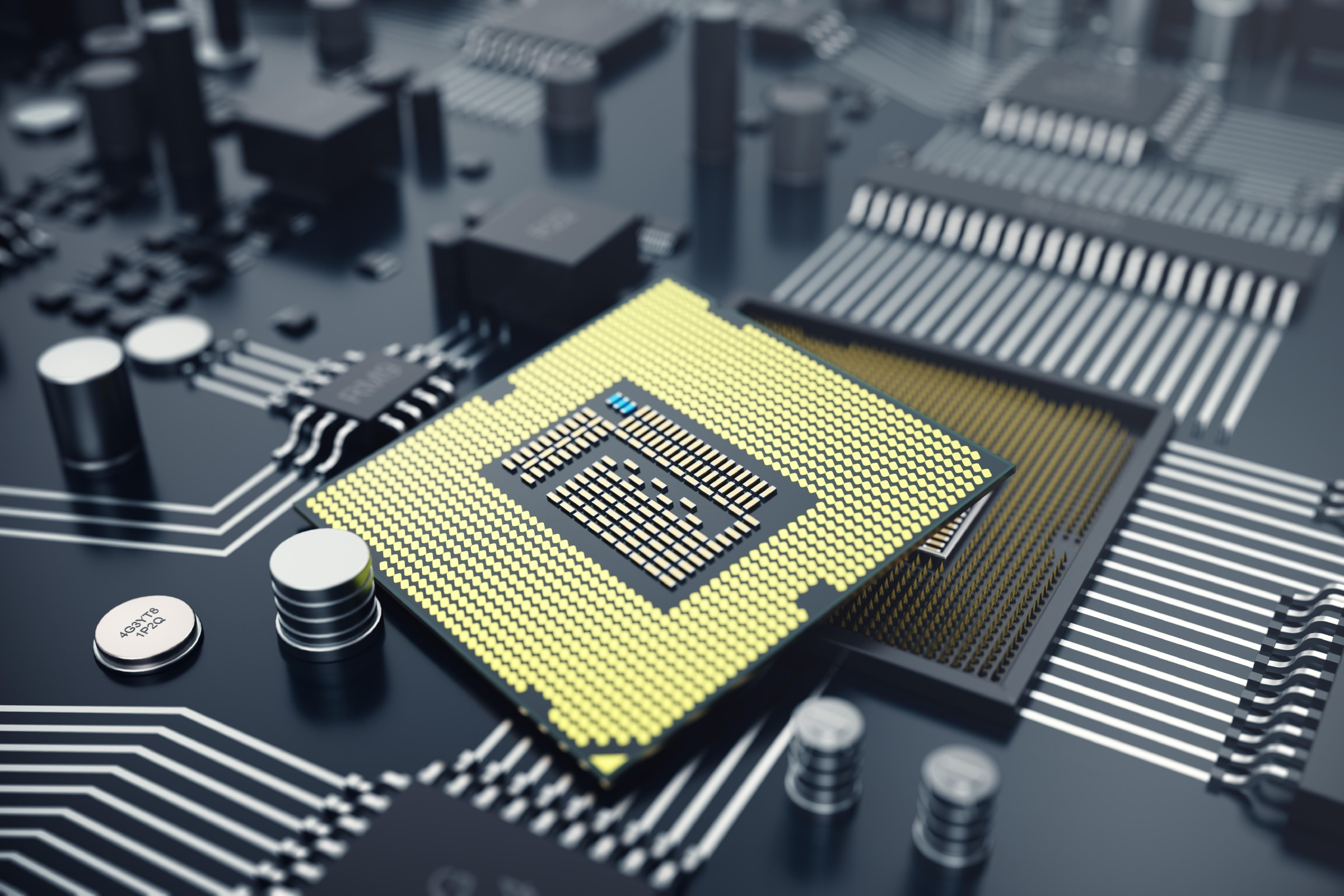The Influence of Low Air Pressure on the Performance of Electronic Components and Related Reliability Testing Methods
Date:2024-09-14 15:00:00 Views:2317
The impact of low air pressure on product performance, especially inElectronic componentsReliability testing is an important research field. The following are the effects of low air pressure on the performance of electronic components and related reliability testing methods.

The impact of low air pressure on product performance
1. Decreased gas insulation performance:
- In a low-pressure environment, the density of gas decreases, leading to a decrease in insulation performance, which may cause electrical breakdown or short circuit.
2. Thermal management issues:
- Low air pressure may lead to a decrease in heat dissipation efficiency, especially in high-power electronic components, which may cause overheating and failure.
3. Expansion and contraction of materials:
- When the temperature changes, the expansion and contraction of the material may intensify, leading to an increase in mechanical stress, which in turn affects the reliability of solder joints and connections.
4. Liquid evaporation:
- Under low air pressure, liquids such as lubricating oil or coolant may evaporate more easily, affecting the lubrication and cooling performance of components.
5. Gas release in vacuum environment:
- Some materials may release gas at low pressure, which can lead to gas accumulation and affect the performance of components.
6. Changes in electrical performance:
- Under low air pressure, the current, voltage, and impedance characteristics of components may change, affecting their normal operation.
Reliability testing of electronic components
1. Low pressure test:
- Testing method: Simulate a low-pressure environment in a pressure testing chamber to evaluate the performance of components under low-pressure conditions.
- Purpose: To determine the insulation performance, thermal performance, and functional stability of components in low-pressure environments.
2. Accelerated aging test:
- Test method: Perform accelerated aging under low pressure and high temperature conditions to evaluate the long-term reliability of components.
- Purpose: To simulate the impact of extreme environments on components and predict their lifespan.
3. Functional testing:
- Testing method: Conduct functional testing on electronic components in a low-pressure environment to ensure their normal operation.
- Purpose: To verify the electrical performance and functionality of components under low-pressure conditions.
4. Thermal cycle test:
- Testing method: Conduct a thermal cycling test under low pressure to evaluate the performance of the component under temperature and pressure changes.
- Purpose: To identify potential failure modes caused by thermal expansion and contraction.
5. Environmental stress screening(ESS):
- Testing method: Potential non-conforming components are screened by applying environmental stresses such as mechanical, thermal, humidity, and air pressure.
- Purpose: To improve the reliability of the product and ensure the performance of the components in actual usage environments.
6. Failure analysis:
- Testing method: Conduct a detailed analysis of the failed components to identify the cause of failure, especially the failure modes in low-pressure environments.
- Purpose: To provide a basis for improving design and manufacturing, and to reduce the failure rate of future products.
conclusion
Low pressure has a significant impact on the performance of electronic components, especially in terms of electrical insulation, thermal management, and material properties. Through system reliability testing, the performance of components in low-pressure environments can be evaluated to ensure their reliability and safety in practical applications. Regular testing and monitoring are key to improving the reliability of electronic products.




 Weixin Service
Weixin Service

 DouYin
DouYin
 KuaiShou
KuaiShou





















